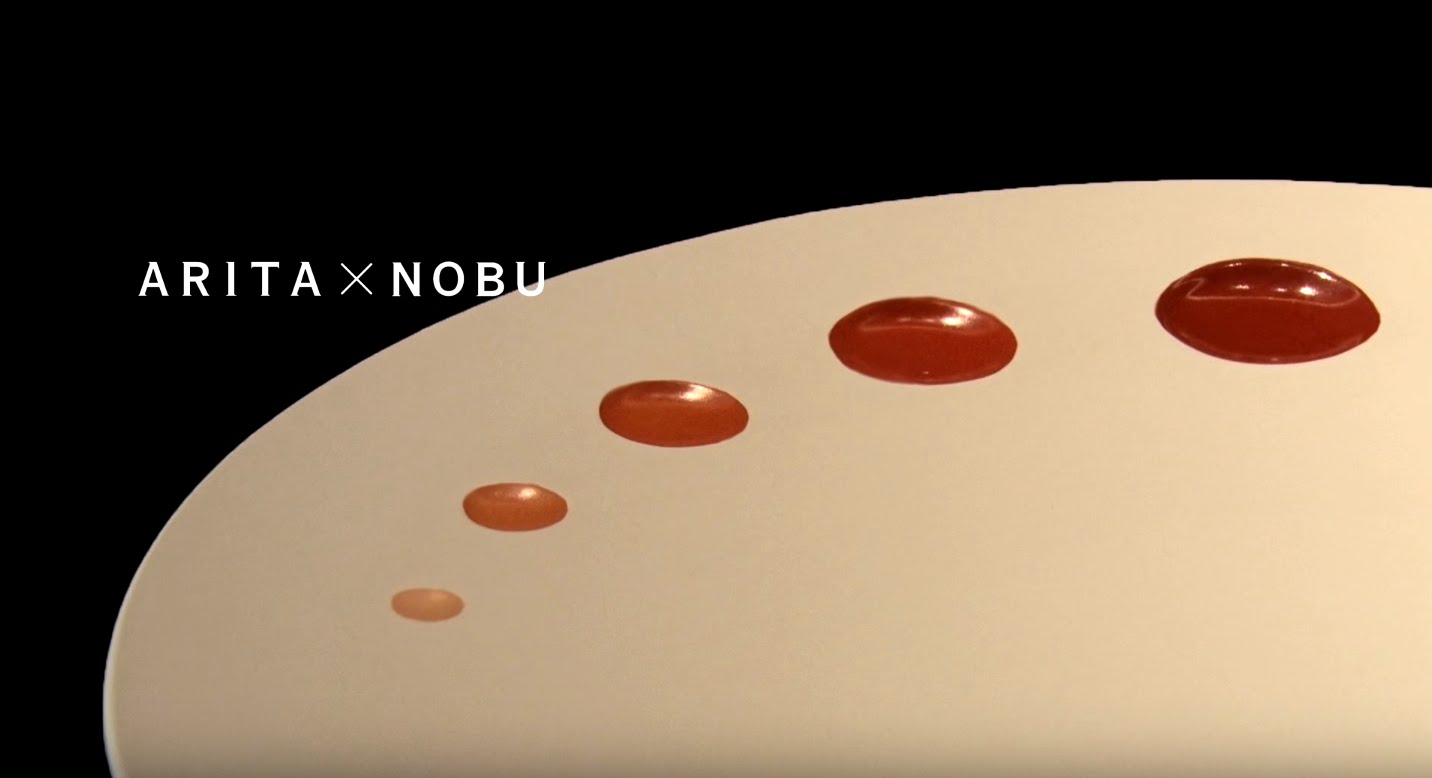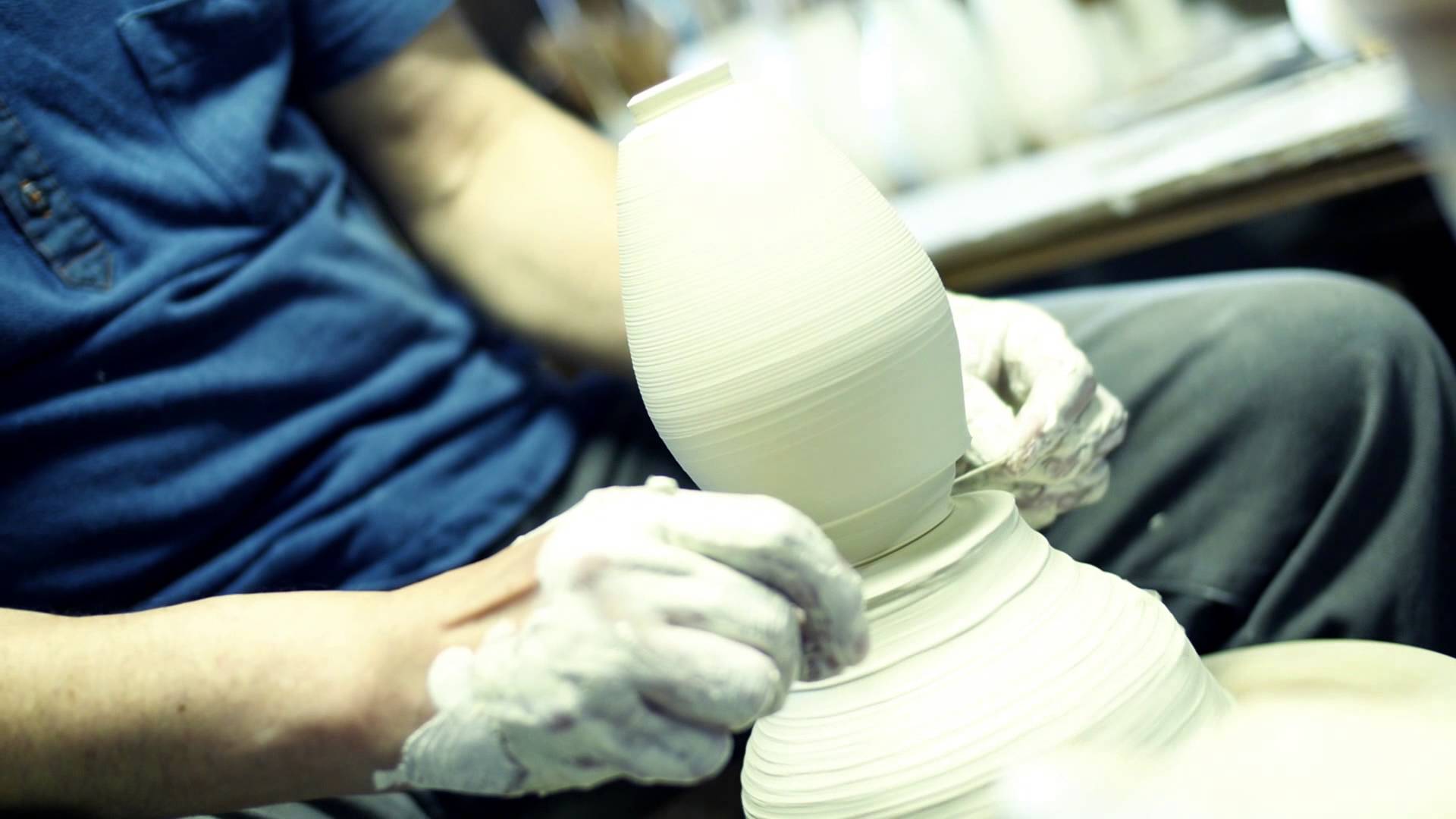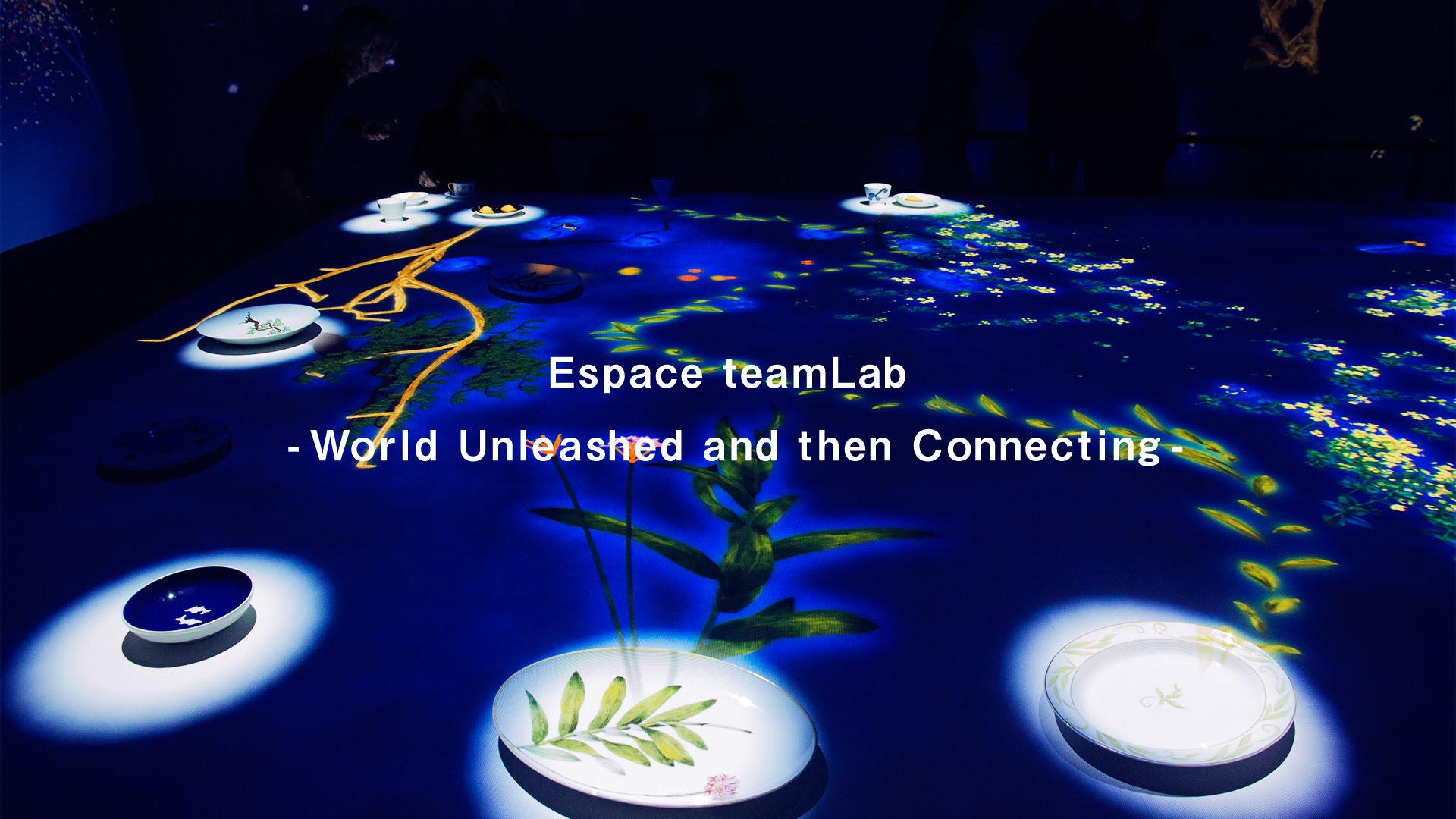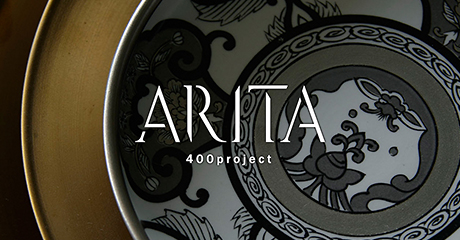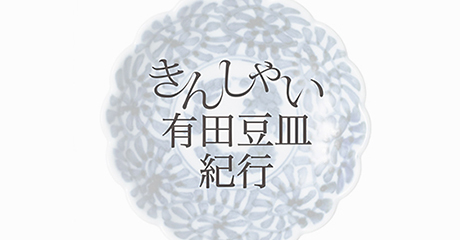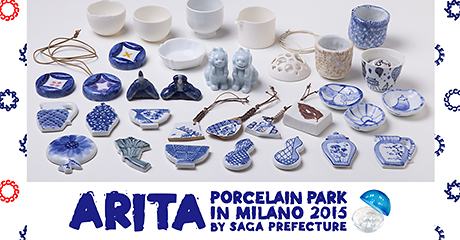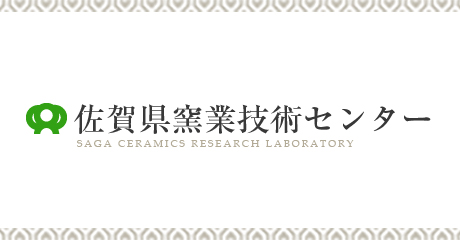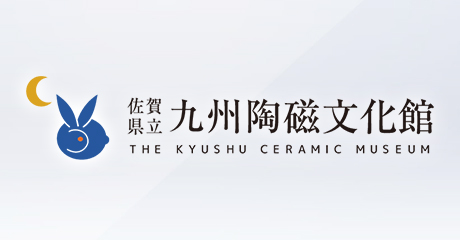ARITA EPISODE 1
In 1616, Japan’s first porcelain was fired, and since then Arita porcelain, by diligently developing
the craftsman’s skill and an eye for traditional beauty, has molded a truly memorable history.
The story of EPISODE 1 covers the first 400 years and the building of a firm foundation.
EPISODE 2 continues the tale with the baton being passed from our predecessors
to this modern generation and a new approach.
In the early days of porcelain, one feudal lord commanded, “Do not spread the secret”
- 1573
- Oda Nobunaga exiled the Shogun Ashikaga Yoshiaki and overthrew the Muromachi Shogunate.
- 1592
- Toyotomi Hideyoshi ordered the feudal lords to join him in Korea, and Nabeshima Naoshige of the Saga domain led 12,000 troops throughout the campaign.
- 1598
- Soon after the death of Toyotomi Hideyoshi, the Japanese lords and their armies departed the Korean Peninsula and returned to Japan.
- 1600
- Battle of Sekigahara
- Dutch East India Company (VOC) was established.
- Five merchant ships departed from Rotterdam, Holland and only one, the De Liefde, finally ran aground on the coast of Usuki in Bungo Province, Kyushu Island.
- 1603
- Tokugawa Ieyasu established the seat of the shogunate in Edo.
- 1609
- Dutch East India Company was given a shogunal charter for foreign trade, and established a factory (trading house) in Hirado, Hizen Province.
1616
Porcelain first fired in Japan
- 1616
- Kanagae Sambei (Yi Sam-pyeong, the Korean potter) moved from Taku to Midarebashi in the Arita District and discovered porcelain clay (kaolin) around Izumiyama.
- 1635
- The Tokugawa Shogunate imposed a ban on Japanese travelling abroad or returning to Japan.
1637
Eviction of Japanese potters and establishment of control system by the domain
- 1637
- The Saga domain ordered the chief retainer Taku Mimasaka-no-kami to relocate 826 men and women potters from the Arita and Imari Districts, so as to reorganize and amalgamate production into 13 porcelain manufacturing sites.
- 1641
- The Dutch factory was moved from Hirado to Dejima, a man-made island at Nagasaki Harbor; a regime of national isolation was established both in name and reality by the Shogunate government.
- The Saga and Fukuoka domains started alternate one-year postings to guard Nagasaki.
- 1645
- 229,040 bowls and 433 tea jars were imported by a Dutch merchant ship to Nagasaki.
1646
Success of akaetsuke (overglaze enamel decoration)
- 1646
- The potter Kakiemon succeeded in incorporating red decoration into his porcelain designs, and such products were sold to the Chinese and Dutch in Nagasaki.
- 1647
- Yamamoto Jinemon was appointed as the first local governor of the Sarayama area, and in the following year arrived in Arita to take up his new post.
1650
Start of export to Europe
- 1650
- Arita porcelain was exported abroad by Dutch merchant ships.
- 1656
- As a way of blocking the trading activities of Zheng Cheng-gong, a surviving retainer of the Ming dynasty, the Qing dynasty issued The Ban on Maritime Activities to prohibit merchants from selling goods to him.
- Chinese porcelain was replaced by Arita porcelain, and mass production and the export of Arita porcelain began.
- 1659
- The first Arita porcelain was exported to Holland.
- 1661
- The Qing dynasty issued The Great Clearance to curtail the military capability of Zheng Cheng-gong. All residents living in a 15-km wide coastal strip were relocated inland, and merchant ships were banned from entering the cleared area.
- 1662
- Permission was given to open an Imari porcelain store in Dejima, Nagasaki.
- 1673
- Over the seven years from 1673 to 1680, the Nabeshima clan’s Odoguyama official kiln was moved to Okawachiyama.
- 1684
- The Qing dynasty issued The Sea Expansion and permitted coastal residents to trade. The export of Chinese porcelain to Batavia (Jakarta) began.
The glories and tragedies of 18th century Arita
- 1705
- At this time, the construction of the Charlottenburg Palace was completed in Germany.
- 1710
- August the Strong, Elector of Saxony established a porcelain production center in Meissen, and after much experimentation Böttger succeeded in firing porcelain for the first time in Europe.
- 1757
- The Dutch East India Company stopped exporting Arita porcelain to Europe. However, export through private commerce continued.
1828
Great Bunsei Era Fire, the Tempo Reforms, and resumption of trade with the Netherlands
- 1828
- During a typhoon, a fire in Sarayama, Arita destroyed most of the dwellings, and killed 40 to 50 inhabitants.
- 1841
- Hisatomi Yojibei Masatsune started trading with Holland after obtaining an official license from the domain.
1853
What did Commodore Perry think when he first saw Arita porcelain?
- 1856
- Tashiro Monzaemon was licensed for the manufacture and sale of porcelain to foreign countries.
- 1858
- The Shogunate government signed treaties with five countries, USA, Holland, Great Britain, France, and Russia, and agreed to open the ports of Hakodate, Kanagawa, Nagasaki, Niigata, and Hyogo.
1867
Closing days of the Tokugawa shogunate and great success in the Paris World Exposition, the fruit of decades of trade with the Netherlands
- 1867
- The Shogunate government and the Saga and Satsuma domains displayed porcelain at the Paris World Exposition.
- Tokugawa Yoshinobu, the 15th Shogun, requested permission to return political power to the Imperial Court, which was granted, heralding the downfall of the Edo Shogunate.
- 1868
- The era name was changed to “Meiji.”
1869
The return of political power to the Emperor, the abolition of the feudal domains and establishment of prefectures: at that time, Wagener was visiting Arita
- 1869
- The domain registers were returned to the Meiji Emperor (former domain lords remained in place and were appointed as domain governors). The governor of Sarayama now became the governor of Sarayama County; Hyakutake Sakuto was the first county governor.
- 1870
- G. Wagener stayed in Arita and taught theoretical and practical techniques for porcelain making.
The age of the great international expositions: The compelling beauty of Meiji Arita porcelain and Art Nouveau
- 1873
- The Vienna World Exposition was held in the capital of Austria, and the Seiji porcelain company won a Gold Medal.
- 1875
- The porcelain company Koransha was established.
- 1876
- Koransha exhibited porcelain at the Philadelphia World Exposition.
- 1889
- Porcelain exhibited by Koransha won popularity at the Paris World Exposition.
- 1896
- The 1st Ceramic Fair (Arita Gonikai Ceramic Fair) was held.
- 1898
- Arita Town Kiln Firing Trade Standards were established.
- 1900
- Porcelain was exhibited at the Paris World Exposition. Fukawaga Chuji, a representative of Saga Prefecture, traveled to Europe and upon returning to Japan, purchased a sprayer from England.
1915
The porcelain distribution revolution: Arita Ceramic Bazaar
- 1915
- The 19th Ceramic Fair. During the fair, a big market was opened, which would later develop into the Arita Ceramic Bazaar.
- 1930
- The Arita Ceramic Industrial Guild was established, and later it would merge with the Arita Ceramic Decoration Industrial Guild to become the Hizen Ceramic Industrial Guild in 1943.
- 1946
- In response to the promulgation of the Constitution of Japan, many business establishments in Arita Town formed a labor union, and the Arita District Ceramic Industry General Federation of Trade Unions was organized.
- 1948
- The 46th Ceramic Fair was held and the Ceramic Bazaar returned to life.
- 1954
- First firing ceremony of the Arita municipal oil-fired kiln
- Arita Ceramic Art Museum opened.
- 1962
- The 60th Arita Ceramic Fair. The Ceramic Bazaar attracted a crowd of some 300,000 with sales of about 280 million yen.
1965
The 350th anniversary and the rediscovery of Arita porcelain against the light and shade of a booming economy
- 1965
- Celebration ceremony of the 350th anniversary of the foundation of Arita porcelain
- Excavation of Arita Tengudani Kiln started, and continued up to 1970.
1970
Seven Samurai crossing the East-West wall during the Cold War and building the bridge between Arita and Meissen
- 1970
- Dresden in East Germany was visited by seven businessmen from Arita, popularly known as the “Seven Samurai.” This visit led to the later establishment of the Kyushu Ceramic Museum and opened the path to international exchange.
- 1971
- Porcelain City Arita Junior Chamber was founded.
- Kakiemon Porcelain Technique Preservation Society and Iro-Nabeshima Technique Preservation Society were both designated as important intangible cultural properties of Japan.
- 1975
- Inauguration ceremony and celebration of the Arita Porcelain Wholesale Complex. The Sanyo Shinkansen (Bullet Train) was opened between Shin-Osaka and Hakata.
- 1977
- Western-style residence in Honkohira, Arita Town was designated as an important cultural property of Saga Prefecture.
- Inauguration ceremony and celebration of the Arita Porcelain Direct-Sale Center
- 1978
- Inauguration ceremony and celebration of the History and Folklore Museum of Arita
- 1979
- Arita Town and Meissen City in Germany were twinned as sister cities.
- 1980
- The Tengudani Kiln, Yanbeta Kiln, and Izumiyama Kaolin Quarry sites were designated as national historic sites.
- Inauguration ceremony and celebration of the Saga Prefectural Kyushu Ceramic Museum
- Inauguration ceremony and celebration of the Arita Porcelain Grand Hall
- 1985
- Saga Prefectural Arita College of Ceramics was inaugurated.
- 1994
- Saga Ceramics Research Laboratory was founded.
1996
The World Ceramics Exposition in Saga: From making products to making communities
- 1996
- The World Ceramics Exposition in Saga was held.



